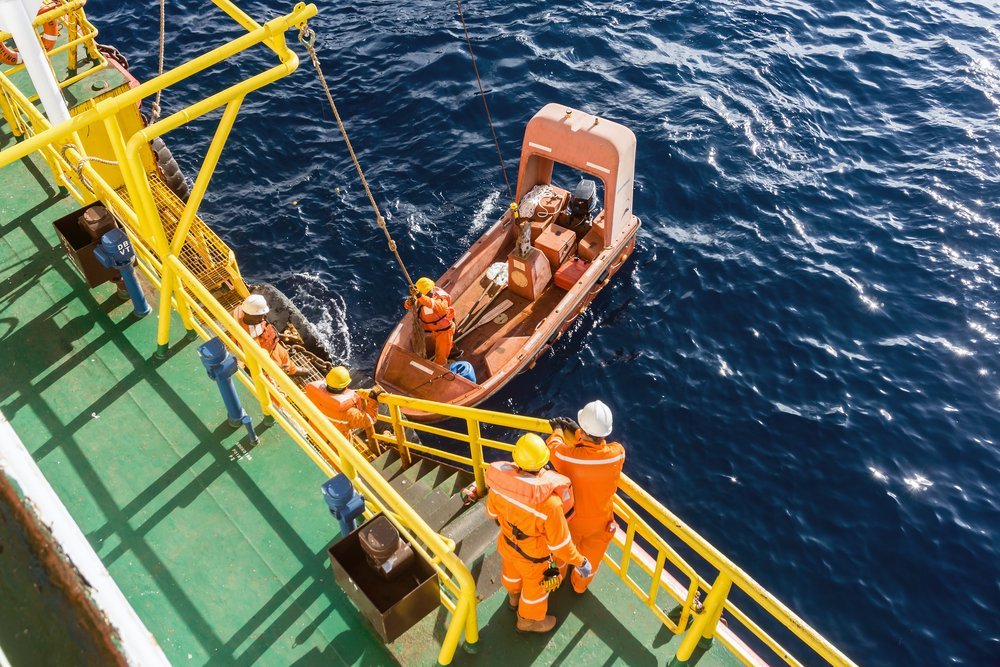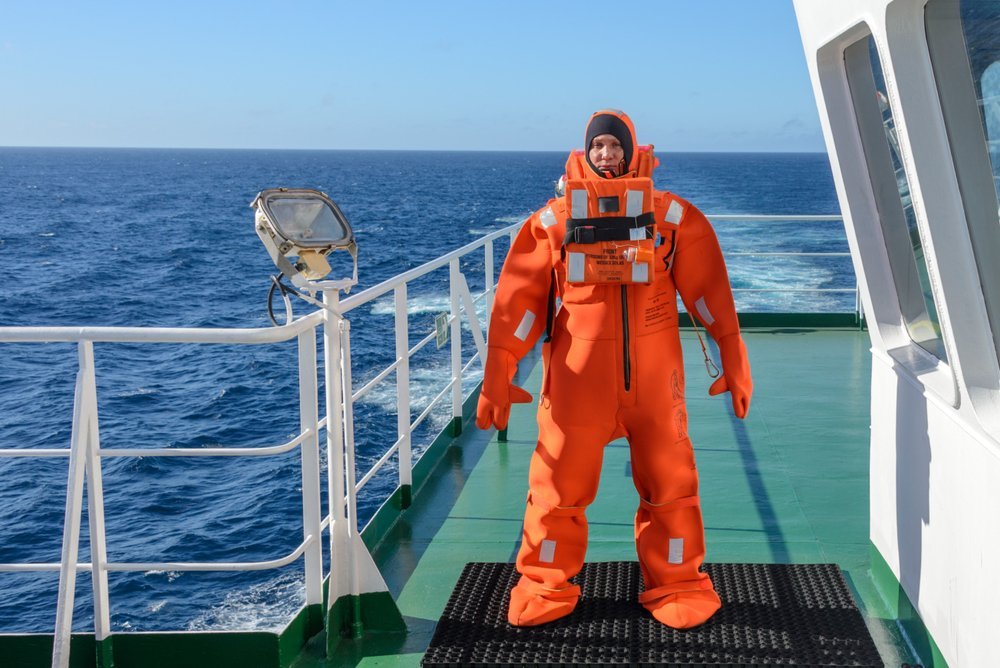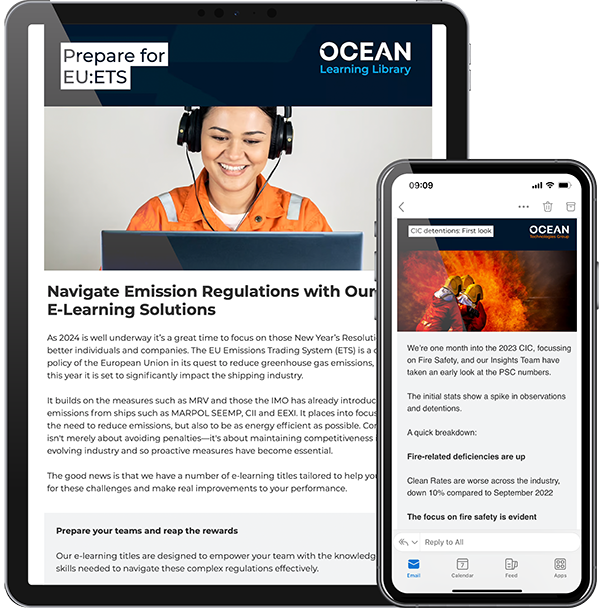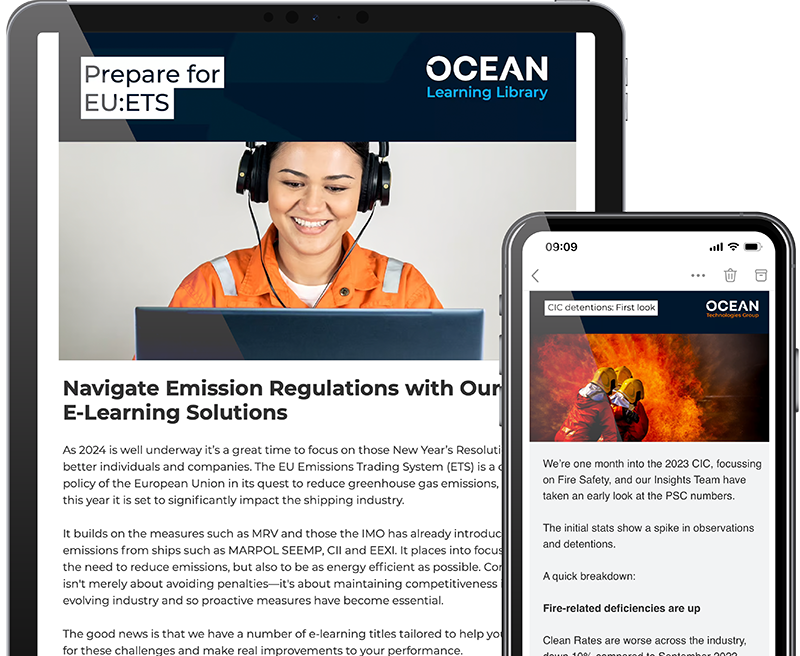Holding Effective Drills

Safety drills are one of the most important pillars of onboard safety. They allow problems to be spotted, for practice to make perfect, and for awareness of key shipboard issues to emerge.
All too often though, drills are something of an afterthought. So, how can we make them better? What is the secret of good drilling?
TIME TO DRILL
The International Convention for the Safety of Life at Sea (SOLAS) sets out the requirements for shipboard construction, equipment and safety activities. It also covers the need to practice, exercise and to hold training drills onboard ship.
This ability to check and then refine responses is a vitally important part of the regime to prepare for emergency situations, to deal with them when the worst does happen. In preparing for what might happen, and what can go wrong, it is vital to check crew skills, to find out any weaknesses or problem areas and then to address them.
Drills on board are an essential part of seafarer training and for improving maritime safety. If they are done effectively. Unfortunately, that is not always the case, and safety can be undermined where drills simply go through the motions and do not adequately test responses.
WHAT TO PRACTICE
The SOLAS onboard drill requirements are extensive and encompass all kinds of onboard activities. There are drills for the operating of watertight doors, valves and and even ash-chutes and rubbish.
There are fire drills and abandon ship drills, there are drills for lifeboats, the launch of rescue boats and liferafts too. If a ship is fitted with marine evacuation systems, drills shall include exercising of the procedures required for the deployment of such a system up to the point immediately preceding actual deployment of the system.
It is required that enclosed-space entry and rescue drills are held, and steering gear tests and drills are required too. While there are also drills to practise emergency steering, communications with the navigation bridge and, where applicable, the operation of alternative power supplies.
The ISM Code Safety Management System (SMS) and ISPS Code Ship Security Plan (SSP) may also impose additional drills, and these should be adhered too. There is much to consider, to test and to run through. Education and training should prepare crew for the drills, and the procedures should be well rehearsed and practiced. It is during these drills that weaknesses can be identified, discussed, and remedied.
“…there is no way to condition seafarers to respond effectively if drills lack a sense of challenge, they need to engage with people to get the best out of them.”

HOW TO EXCEL
The effectiveness of drills rests in how they are devised, planned, developed, conducted, reviewed and then improved. There needs to be a real commitment to ensuring drills deliver, as it is a vitally important part of every shipboard regime and safety culture.
Drills need to be focused, they need to be varied, interesting, challenging and they need to test skills, knowledge and responses. While giving scope to improve, to change and to develop. They need to also have a sense of realism too – there is no way to condition seafarers to respond effectively if drills lack a sense of challenge, they need to engage with people to get the best out of them.
So, what are the top tips for good onboard drills?
- Plan Properly: This is pivotal, and a good drill must be well planned. The required responses and reactions need to be understood, and the expectations set. The plan should anticipate what is to happen, so that the actual reality can be compared to the ideal.
- Be specific: Test responses for a specific event, do not make the drill too long, too drawn out or complex. Test small bits of the overall, and if planned well and executed properly, then the specifics can be assessed and improved.
- Embrace innovation: When drills become boring or commonplace, that is when they simply see people go through the motions. Make sure that drills capture the imagination, and that they allow crew to be challenged. Perhaps even ask those onboard for ideas of what kinds of drills would be useful.
- Record: Good record keeping is important. Not just for compliance reasons, but as a true reflection of what happened during the drill. This will be a vital foundation on which the rest of the process depends. Checklists and data records are obviously vital, but video can be a useful tool too. Record the drill and capture what people actually do.
- Review: It is vital that post-drill there is a wash-up meeting to go over transpired. Having a good plan will allow the records of what actually happened to be compared and contrasted. Any problems can then be identified.
- Respond: Having reviewed the drill, and having seen what improvements are needed, then it is vital that a response is enacted. A full, proper and effective response will focus on what needs to be fixed, what aspects of the drill need to be improved and will set out how that will happen.
- Drill again: The response should lead to positive change, and the weaknesses in any drill should be removed as a result of the findings. So, it is important that a drill with weaknesses is tried again, and this time things should be a whole lot better.
- Share the experiences: Whether a drill goes well, or whether it goes badly – it can be important to ensure that other vessels in the fleet get to learn from the experiences of others. If there are weaknesses, then these can be discussed and highlighted – though of course, it is good to have fixes in place to ensure that the messages capture the continuous improvement, rather than just problems.
- Compare with others: Where drills are held across a fleet, or even in offices. It can be useful to compare the results and effectiveness with others. That way, wider or systematic problems can be identified and dealt with.
- Following up is vital: The plans are made, the drill is held, the results recorded, discussed and debated. Then, as everyone is so busy, it can be all too easy for the lessons and remedial action to be forgotten – until the next time. It is vital that follow up checks that all has been done, and that the process is followed and that the drills are improved, the responses honed, and the shipboard environment made safer.
What are your secrets to effective drills? Or have you seen things go wrong? You can find out more about holding effective drills in our training video here.

Subscribe to our Newsletter
Stay connected with our guides, insights, news and more.

